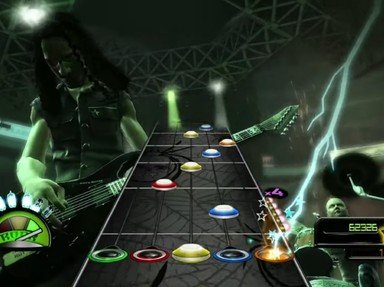Quiz Answer Key and Fun Facts
1. Which developers, rather appropriately named, were behind the creation of the video game "Guitar Hero"?
2. Which Japanese guitar based game, released by Konami in 1999, became the inspiration for the creation of the video game "Guitar Hero"?
3. Considered fortunate by some, which one of the seventeen "Guitar Hero" titles launched between 2005 and 2010 was considered to be the pinnacle in sales for the franchise?
4. Instant gratification is often cited as one of the reasons for the success and popularity of "Guitar Hero".
5. Created by Harmonix Music and launched in 2007, which game challenged "Guitar Hero" with both its market supremacy and range of instruments?
6. Which rock group noted, among other qualities, for its battles with Napster made part of its catalogue of songs available to "Guitar Hero" for use?
7. Despite bands such as Aerosmith and Van Halen opening their catalogues to "Guitar Hero", record labels tried everything in their power to halt the progress of the game.
8. Which irreverent animated television programme parodied "Guitar Hero" with an episode entitled "Guitar Queer-O"?
9. Which of the following did *NOT* happen as a result of the introduction of "Guitar Hero"?
10. Which company sued Activision, the owners of "Guitar Hero", in 2008 for patent design infringement?
Source: Author
pollucci19
This quiz was reviewed by FunTrivia editor
kyleisalive before going online.
Any errors found in FunTrivia content are routinely corrected through our feedback system.
